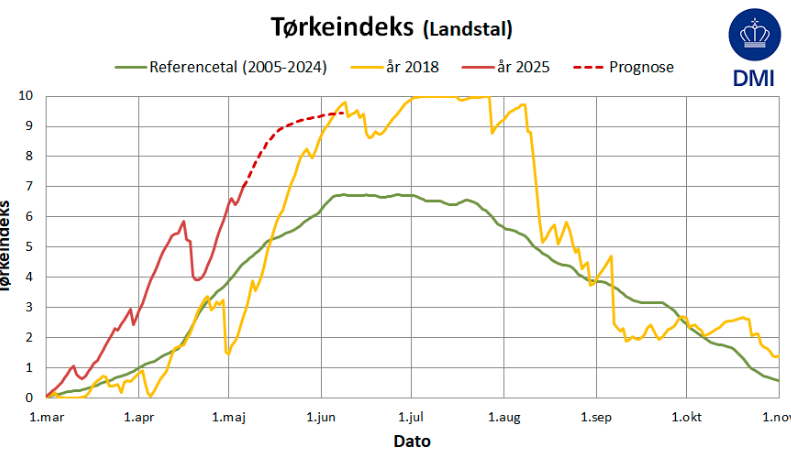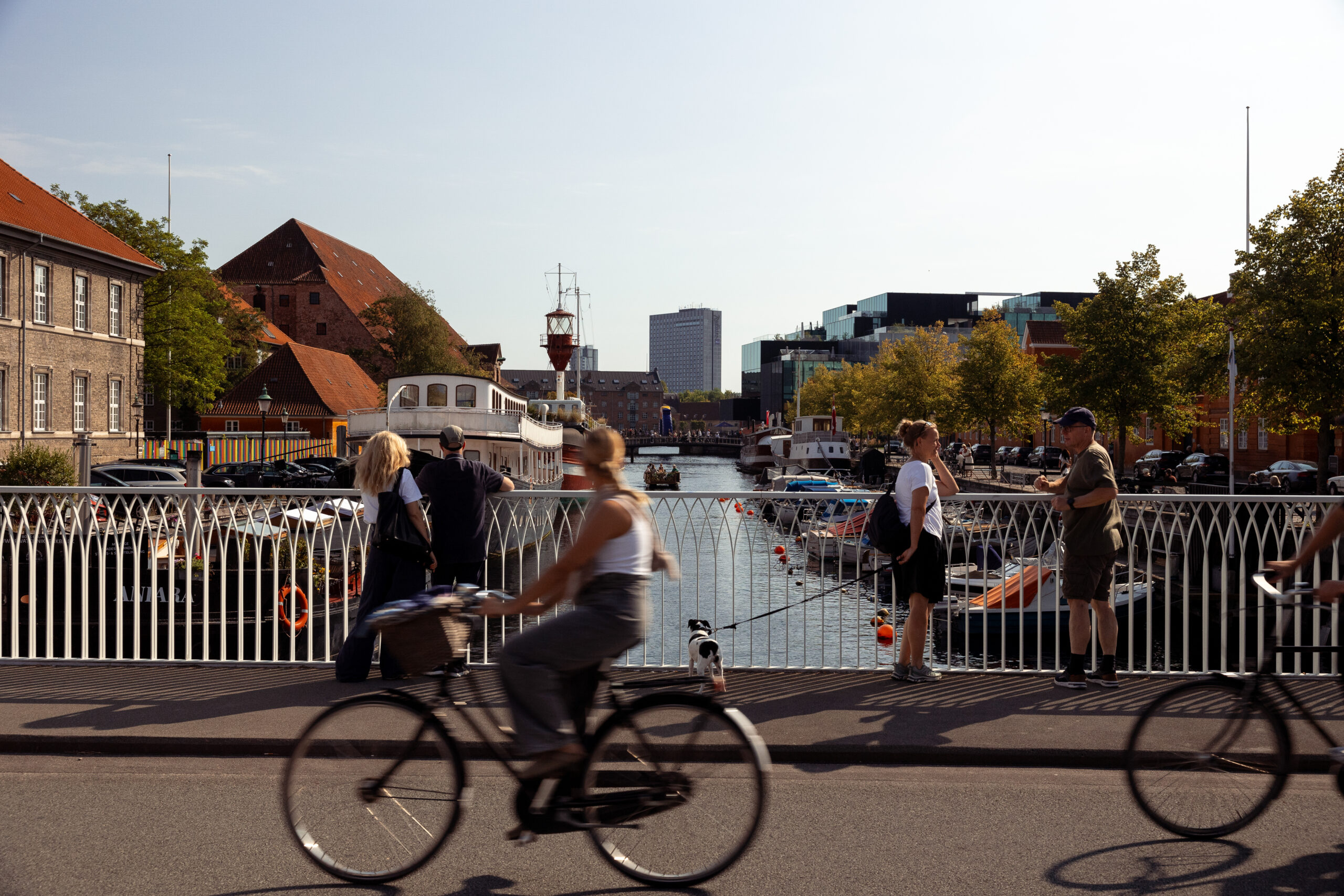 Okay, so it’s still only mid-April, it’s not so warm and spring has only just woken up to the fact she should be here. Even so, the garden is already full of life, the nation’s garden centres (planteskoler) are thronging with eager hordes of gardeners parting with their hard-earned cash, and there is plenty of planning that can be done to maximise your enjoyment of the garden for the coming summer months. And by garden I am talking about anything in size from a balcony with a handful of pots upwards.
Okay, so it’s still only mid-April, it’s not so warm and spring has only just woken up to the fact she should be here. Even so, the garden is already full of life, the nation’s garden centres (planteskoler) are thronging with eager hordes of gardeners parting with their hard-earned cash, and there is plenty of planning that can be done to maximise your enjoyment of the garden for the coming summer months. And by garden I am talking about anything in size from a balcony with a handful of pots upwards.
Written in the constitution – But let us begin with a traditional (and sensible) Danish gardening rule of thumb. June 5 is Constitution Day and is generally held to be the earliest date that any tender plants (sommerblomster) – your geraniums (pelargonier), begonias, busy lizzies, dahlias, zinnias etc – should be planted out in pots or into the garden. The reason? Because here ‘up north’, Jack Frost has a nasty habit of lulling gardeners into a false sense of security and then whacking us with a late frost. So, unless you have a greenhouse or similar, or you plan to keep the plants indoors until it’s safe, follow this guideline in order to avoid having to buy a second batch of plants to replace those that went out too early.
Thinking beyond winter – And another word of caution. If you are planning to splash out on some new perennials (stauder) or shrubs (busk) for the garden, do check that what you are going to buy, while looking lovely right now, is hardy enough to survive a Danish winter. In the vast majority of cases you will be fine, but last year, for example, I noticed garden centres selling the most lovely looking camellias and the elegant white Clematis armandii, which will survive a touch of frost, but not the -10oC and worse we always get here.
Succeeding with seeds – From now onwards is the time to be planting seeds in seed trays or pots. There is something hugely rewarding about watching plants grow from seeds: it’s something great to do with the kids, and it really is the least expensive way of filling your garden or pots on the patio or balcony with flowers and edibles. For a balcony, why not use some hanging baskets to maximise your growing space? And don’t forget that European legislation allows you to import seeds (but not always plants) from just about anywhere. Being English, my favourite seed supplier is Thompson & Morgan.
You can’t beat home-grown – One of my great delights in summer is harvesting and eating my own vegetables. Tomatoes are an absolute favourite (but you really do need a greenhouse or be prepared to grow them indoors) and if you don’t want the bother of growing them from seed, you can buy juvenile plants from the garden centre. Although last year I noticed that both Netto and Aldi were selling the same plants at a quarter of the price! The same applies to herbs, which I grow in pots and replace every year – they just don’t survive the winter. Buy yourself some fresh herb plants in the supermarket, pot them up, put them somewhere sunny and enjoy. A show of herbs will look lovely even in the smallest garden. Gro-Bags are also a great way to cultivate plants in a restricted space. For a crop of salad leaves lay them flat and off the whole top; for root vegetables and tomatoes, cut the bags in half and stand them on their ends. This gives the plant roots the necessary space and the compost is less likely to dry out.
Keeping the grass in trim – One thing that most Danish gardens have is a large lawn, and it’s a good time to check that your mower is ready to mow. If not, many of the independent hardware stores offer a service that costs in the region of 600-800 kroner for a petrol-powered rotary mower. When it comes to cutting the lawn, begin the season with the cutting blades set high for a couple of cuts (once a week is fine) in order to give the lawn a chance to recover after the winter and spring. Then drop the blades for a close shave.
The green winter – Once we get those long, long summer evenings, don’t forget that the Danes often refer to the season as the ‘green winter’. It may look lovely out there, but do not be deceived as it may not be that warm, so some form of garden heating is advisable. The gas ‘umbrella’ patio heaters are mighty efficient, but I do like my fire pan with its naked flames and the smell of wood smoke. Just remember to stand it on something insulating such as a paving slab to avoid scorching the wooden deck or the lawn.
Enjoy the outdoors while you can – And above all else this summer, use your garden, patio or balcony. It is so good for the soul just to get outside and to enjoy the fresh air, to relax and to revivify the soul, to have some friends over for a BBQ. And if you’ve had a bad day, nothing beats burning the hell out of weeds with a flame gun – which, of course, is also a far more ecological method of control than using a weedkiller!
Toby Musgrave is one of Britain’s most celebrated gardeners – both as an author, historian and design consultant – yet he has lived in Denmark this past decade, so who better to turn to, to find out everything you need to know about preparing for and enjoying the different seasons. Find out more at www.tobymusgrave.com.
For four weeks at a time, four times a year, our aim is to give you all the seasonal lifestyle advice you need to thrive in the areas of gardening, health, food and sport. When should you plant your petunias, when does the birch pollen season normally start, which week do the home-grown strawberries take over the supermarket, and which outdoor sports can you play in the snow? All the answers are here in ‘A plan for all seasons'.














